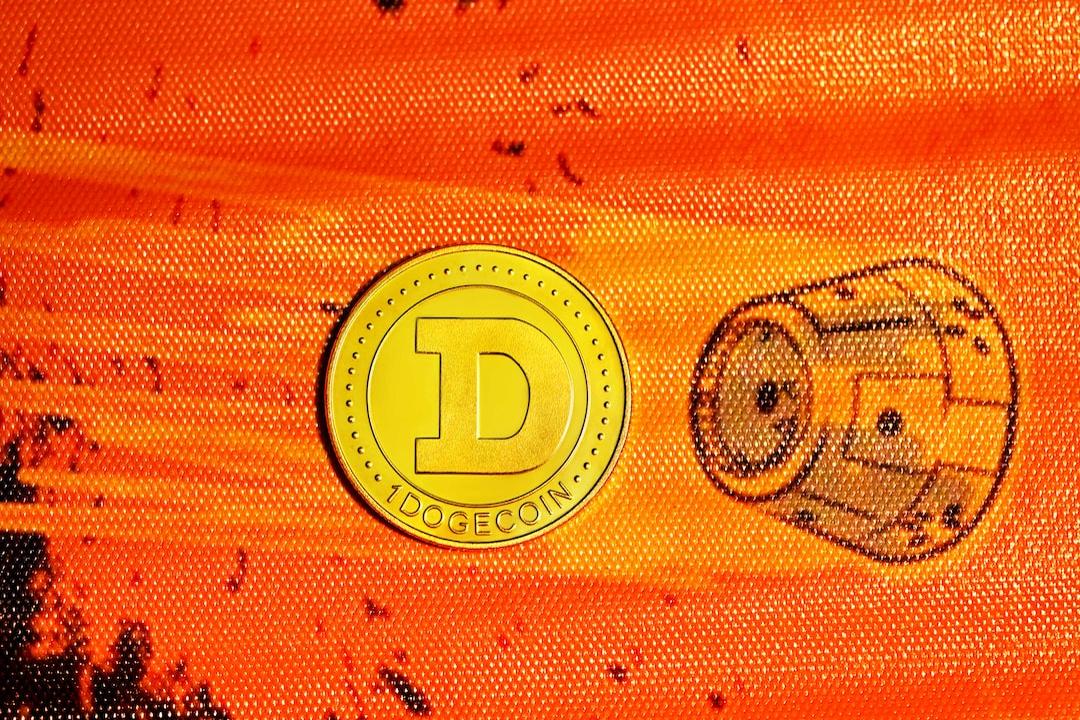Bitcoin’s upcoming halving event is expected to have a more favorable supply-demand dynamic compared to previous halvings, thanks to the recent launch of spot Bitcoin exchange-traded funds (ETFs) in the United States. Halvings occur every 210,000 blocks, approximately every 48 months, and result in a halving of Bitcoin miner rewards. The upcoming halving, set to occur at block 840,000 on April 20, will reduce mining rewards from 6.25 BTC ($418,800) to 3.125 BTC ($209,400).
Based on historical data, Bitcoin’s price tends to start rising and break previous all-time highs about four or five months after a halving. This was evident in the last halving on May 11, 2020, when Bitcoin was priced at $8,750. It experienced a 430% surge five months later, reaching $61,300 by mid-March 2021, surpassing the previous all-time high of $19,665.
Analysts credit the recent surge in Bitcoin’s price to the introduction of spot Bitcoin ETFs, which have significantly impacted Bitcoin’s supply-demand dynamic. Jaran Mellerud, founder and chief strategist at Hashlab Mining, believes that these ETFs have led to a radical change in Bitcoin’s supply-demand balance. Currently, spot Bitcoin ETF issuers are acquiring 2,450 BTC daily, while only 900 BTC are being mined.
According to Matt Hougan, Bitcoin’s demand will multiply due to the ETFs at a time when the halving will reduce its supply. As a result, he anticipates a substantial increase in Bitcoin’s price.
In addition to the positive market dynamics, the health of the Bitcoin network has also improved. Mellerud points out that the Bitcoin network’s hashrate is now five times higher than it was during the last halving, making it much more secure. The network has become virtually impenetrable, requiring significantly more computing power, electricity supply, and mining hardware to launch an attack.
Furthermore, the network has become more geographically decentralized, with miners shifting to regions such as Africa and Latin America to take advantage of lower electricity prices. This trend has contributed to the network’s increased security and resilience.
Overall, the combination of favorable supply-demand dynamics, increased decentralization, and enhanced network security positions Bitcoin for further growth and stability in the coming months.

